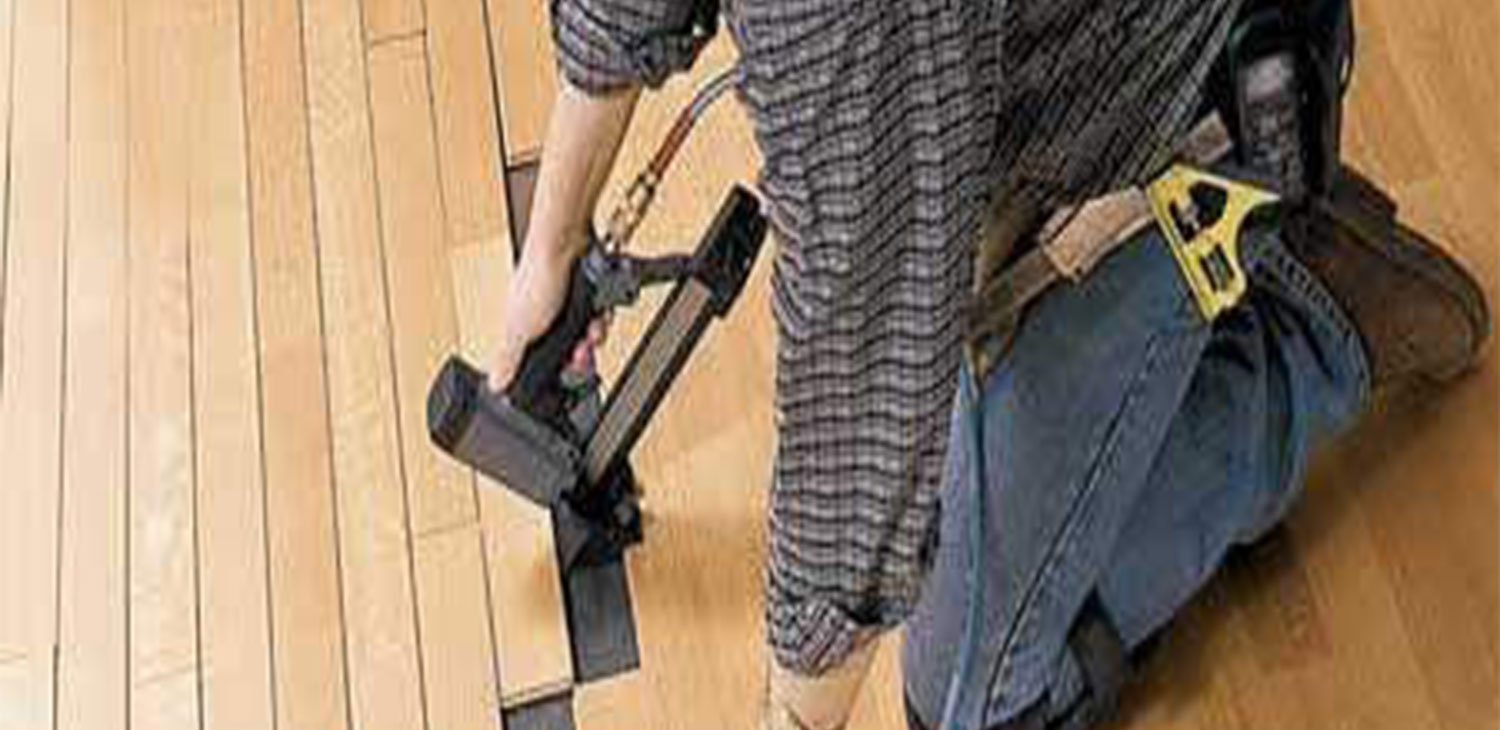Installing any floor has its own challenges, but with the help of a search engine, you have found exactly the right information you need. We will walk you through how to install bamboo flooring in 8 simple steps.

Begin by testing your subfloor for any moisture using an appropriate moisture meter. For bamboo, the reading must be 16% mc or below.
Give the subfloor a sweep to remove any dirt or debris. Use a straight edge to check the subfloor is even.
Roll out your underlay. score along any walls with scissors. Cut to size with scissors and lay flat.
As before, cut off the male part of the click system to the same size.
Measure the gap for the next board. Measure out the next plank, but make sure you deduct the expansion gap amount. Using a set square, continue to mark across the plank to give you a straight line. Follow the line that has been marked out across the face of the plank onto the back using a set square to ensure a straight line is made.
Position the plank face down and cut along the line you have marked out. Place the plank into position and use the floor spacers to measure out the correct expansion gap against the wall.
Cut the end of the next plank to stagger the boards and click into place. Instead of using a tape measure you can flip over the board and mark where to cut, without forgetting to leave an expansion gap. Once cut, click the board into position. Continue installing the following rows, cutting the planks accordingly and using floor spacers to allow the correct expansion gap around the room.
When reaching the opposite room, you’ll need to fill in the space. Measure the gap and don’t forget to deduct the expansion gap. Click the board in place, and continue along the row.
You now have a perfectly installed new bamboo floor. Continue browsing this blog for inspiration for your next successful DIY floor job.
Get a FREE consultation immediately, Free on-site consultation and quote. No-obligation and Receive a callback within 24 hours.
